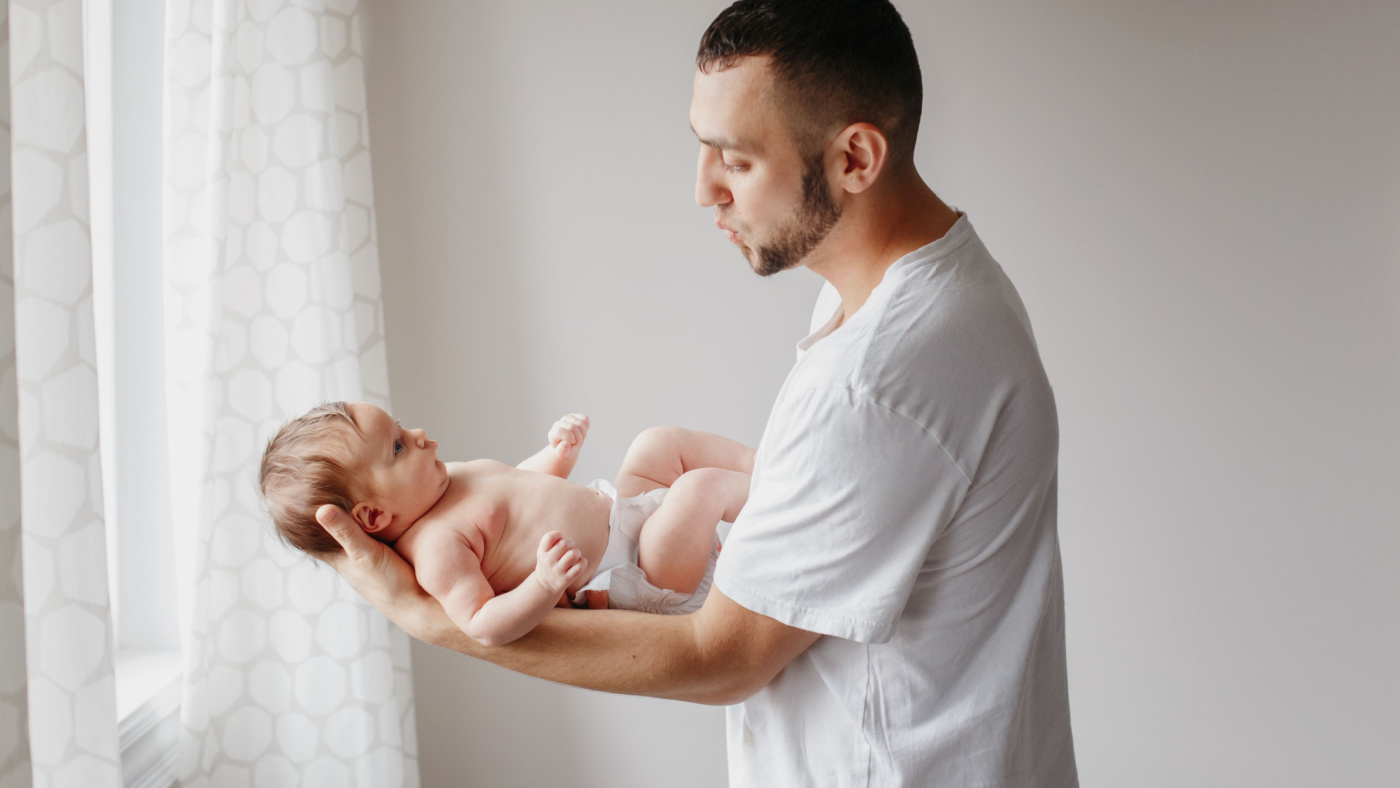Supporting self-regulation from birth to five

Picking your way through the various advice and opinions on your child’s development can be overwhelming. Throw into the mix a load of words that have never been part of your vocabulary and this parenting journey can feel like another world.
But don’t worry – we’re here to de-code, decipher and demystify wherever we can, to give you the information you need to make the decision that’s right for you, your child and your family.
In the discover more section, on your Today screen, you’ll see articles that are tailored to your child’s skills. If you’re looking for a quick read about their development that’s a good place to start.
For an overview of the development of self-regulation during your child’s early childhood read on.
What is self-regulation?
Self-regulation is recognising your thoughts and feelings and adjusting your response. It is often used to mean calming yourself, but it is really about having the right energy for the situation.
If you’re building your energy up to give a rousing presentation, you’re self-regulating. Just as you are if you notice you’re feeling nervous and take a few breaths to calm your body.
Psychologists define self-regulations as:
‘...the control of one’s behaviour through the use of self-monitoring (keeping a record of behaviour), self-evaluation (assessing the information obtained during self-monitoring), and self-reinforcement (rewarding oneself for appropriate behaviour or for attaining a goal).’[1]
Sensory, cognitive and social and emotional skills are all involved in self-regulation. It will take your child some time and practice to master these skills, and all of us need support with regulation sometimes.
You will help your child to master the skills, when you help them to regulate and when you show them how you do this yourself.
How can you help your child to develop self-regulation?
Co-regulate
This simply means helping them recognise how they’re feeling and adjust their response.
For a baby this can be simply holding them when they cry. As you hold them and rock them you can say how you think they’re feeling, “Oh I think you’re tired now. It’s time for a sleep.”
With a toddler, you might stay close when they become angry or frustrated. When the time is right you might ask, “Would you like a hug?” or whatever you know helps your toddler to feel calm.
We all need support to regulate our emotions sometimes. Although your child might begin to recongise how they feel as they get older, they might not always be able to control their responses without your help.
Help them notice sensations
Interoception is sometimes called the internal sense. It’s the sense that tells you when you’re hungry or when you need the toilet.
You often won’t be aware of these signals, but your brain will be monitoring them just in case you need to do something to keep everything stable.[2]
Just as it takes some experience to recognise and respond to other senses, the same is true of interoception.
Your child will be learning to use their internal sensation, and information around them, to work out what to do. They need to recognise that a faster heart beat and a feeling in their stomach could be excitement about going to the park, nerves about doing something new, or anger because another child has taken a toy.
Then they need practice adjusting their energy and emotions so they can do what they need to do.
You could talk to your child about how their body feels. You can do this even with your baby. Although they might not understand yet, they will begin to recognise that how their body feels is connected to their emotions.
Read more about interoception in our article 'Why scientists want everyone to listen to their body – it might prove to be good for our mental health!'
Mindfulness activities
Mindfulness involves bringing your attention to what is happening inside and outside your body now.
It could be noticing a breeze when you’re out for a walk or recognising that your heart is beating a bit faster if you’re going to be late for work.
For babies and young children playing can be a mindful activity. This is especially true when they’re mastering a new skill, and doing something they find a bit difficult (but not so difficult, it’s frustrating).
Things like simple breathing games, blowing bubbles or doing yoga can also help young children to focus on the here and now.
Mindfulness helps your child develop emotional self-regulation. It helps them recognise the sensations in their body and link these to what is happening around them and their emotions.
Open your app on Wednesday to read more about mindfulness for babies, toddlers and children. And don’t forget to look at your activities screen for ideas linked to your child’s skills – so you can help them with the ones they’re mastering now.
References:
[1] American Psychology Association (undated) Dictionary of Psychology. Available at https://dictionary.apa.org/self-regulation
[2] Barker, M., Brewer, R., Murphy, J. (2021). 'What is interoception and why is it important?' Frontiers for Young Minds, 9, Article, 558246.